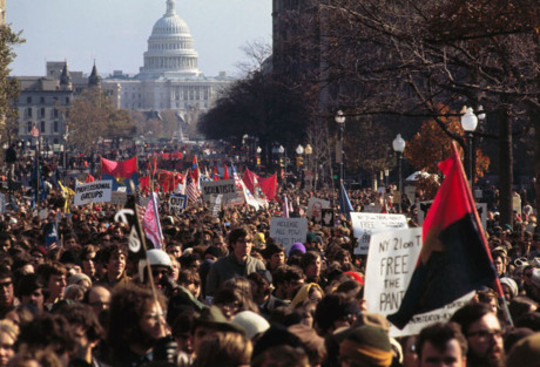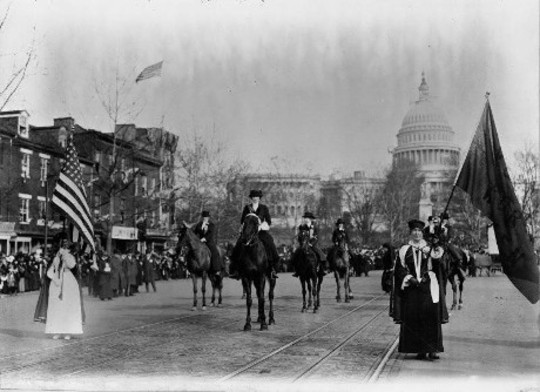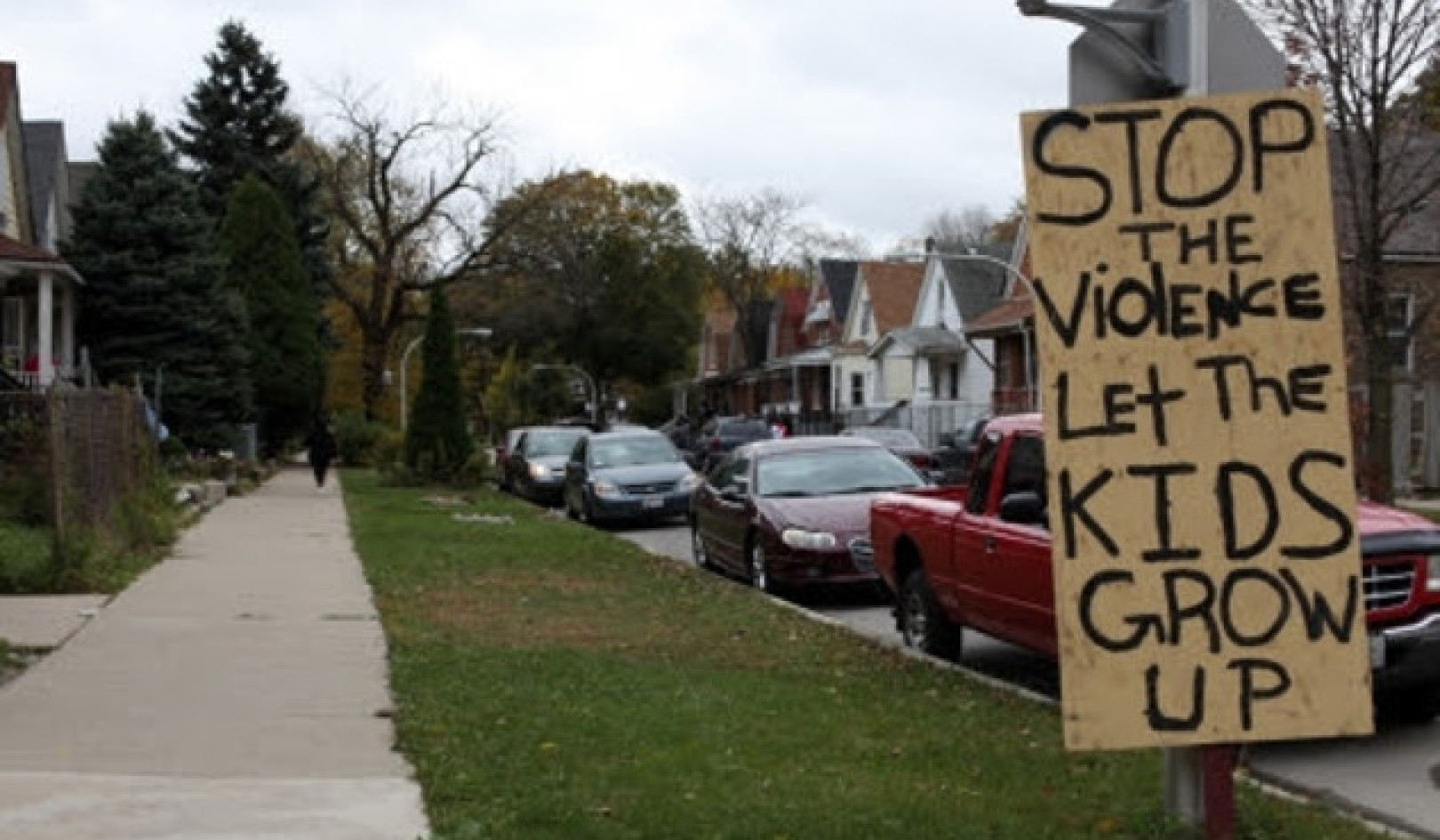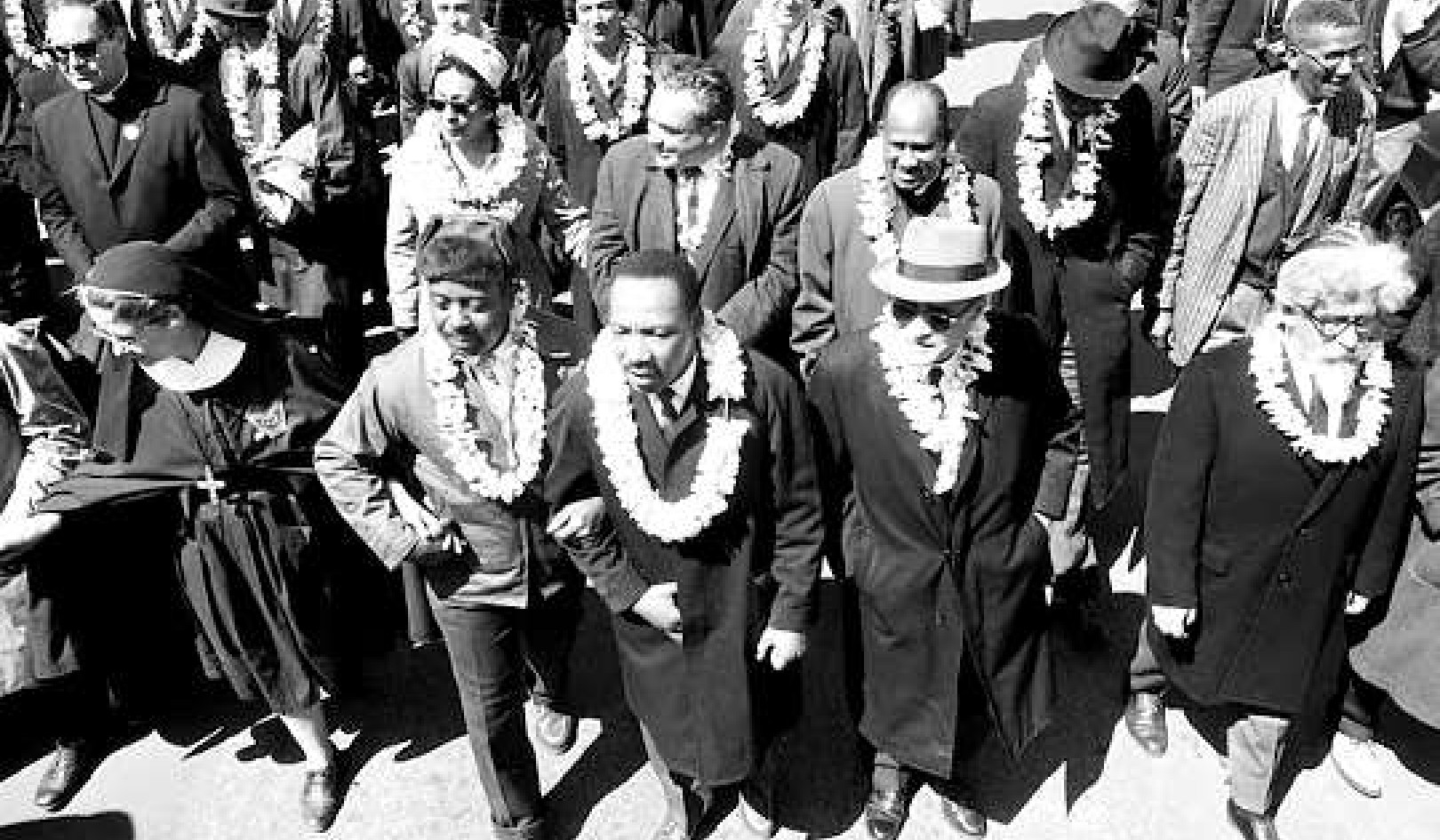Fifty Years After King’s Historic March, The Struggle For Racial Justice Faces Unprecedented Challenges.
THE NATION - They carried signs that demanded “Voting Rights,” “Jobs for All” and “Decent Housing.” They protested the vigilante killing of an unarmed black teenager in the South and his killer’s acquittal. They denounced racial profiling in the country’s largest city.
?
This isn’t 1963 but 2013, when so many of the issues that gave rise to the March on Washington fifty years ago remain unfulfilled or under siege today. That’s why, on August 24, a broad coalition of civil rights organizations, unions, progressive groups and Democratic Party leaders will rally at the Lincoln Memorial and proceed to the Martin Luther King Jr. Memorial to honor the fiftieth anniversary of the march and dramatize the contemporary fight. (President Obama will participate in a separate event commemorating the official anniversary on August 28.) The Supreme Court’s decision gutting the Voting Rights Act in late June and the acquittal of George Zimmerman less than three weeks later make this year’s march “exponentially more urgent” with respect to pressuring Congress and arousing the conscience of the nation, says Ben Jealous, president of the NAACP, a co-sponsor of the march.
“The main themes will be voting rights, state laws like ‘stand your ground’ or local laws like stop-and-frisk, and the whole question of jobs and union-busting,” says the Rev. Al Sharpton of the National Action Network, who convened the march along with Martin Luther King III. “Fifty years after the original march for jobs and justice, we have a new version of the same issue.”
March on Washington for Jobs and Freedom

WIKIPEDIA - The March on Washington for Jobs and Freedom or "The Great March on Washington", as styled in a sound recording released after the event, was one of the largest political rallies for human rights in United States history and called for civil and economic rights for African Americans. It took place in Washington, D.C. on Wednesday, August 28, 1963. Martin Luther King, Jr., standing in front of the Lincoln Memorial, delivered his historic "I Have a Dream" speech advocating racial harmony during the march.[4]
The march was organized by a group of civil rights, labor, and religious organizations, under the theme "jobs, and freedom".[3] Estimates of the number of participants varied from 200,000 to 300,000. Observers estimated that 75–80% of the marchers were black and the rest were non-black.
The march is widely credited with helping to pass the Civil Rights Act (1964) and the Voting Rights Act (1965).
Civil Rights March On Washington With Martin Luther King Jr
{youtube}Nj-feUZ32wI{/youtube}
Opposition To The U.S. Involvement In The Vietnam War

WIKIPEDIA - The movement against the involvement of the United States in the Vietnam War began in the U.S. with demonstrations in 1964 and grew in strength in later years. The U.S. became polarized between those who advocated continued involvement in Vietnam, and those who wanted peace.
Many in the peace movement were students, mothers, or anti-establishment hippies, but there was also involvement from many other groups, including educators, clergy, academics, journalists, lawyers, physicians (such as Benjamin Spock), military veterans, and ordinary Americans. Expressions of opposition events ranged from peaceful nonviolent demonstrations to radical displays of violence.
Peter, Paul & Mary - Washington Peace March - 1971
{youtube}q8U6Oh9uSY8{/youtube}
Bonus Army March and Occupation Of DC

WIKIPEDIA - The Bonus Army was the popular name of an assemblage of some 43,000 marchers—17,000 World War I veterans, their families, and affiliated groups—who gathered in Washington, D.C., in the spring and summer of 1932 to demand cash-payment redemption of their service certificates. Its organizers called it the Bonus Expeditionary Force to echo the name of World War I's American Expeditionary Force, while the media called it the Bonus March. It was led by Walter W. Waters, a former Army sergeant.
Many of the war veterans had been out of work since the beginning of the Great Depression. The World War Adjusted Compensation Act of 1924 had awarded them bonuses in the form of certificates they could not redeem until 1945. Each service certificate, issued to a qualified veteran soldier, bore a face value equal to the soldier's promised payment plus compound interest. The principal demand of the Bonus Army was the immediate cash payment of their certificates.
Retired Marine Corps Major General Smedley Butler, one of the most popular military figures of the time, visited their camp to back the effort and encourage them. On July 28, U.S. Attorney General William D. Mitchell ordered the veterans removed from all government property. Washington police met with resistance, shots were fired and two veterans were wounded and later died. Veterans were also shot dead at other locations during the demonstration. President Herbert Hoover then ordered the army to clear the veterans' campsite. Army Chief of Staff General Douglas MacArthur commanded the infantry and cavalry supported by six tanks. The Bonus Army marchers with their wives and children were driven out, and their shelters and belongings burned.
Bonus March on Washington, DC: 1932
{youtube}xkmo4ygPTjc{/youtube}
Woman Suffrage Parade of 1913

WIKIPEDIA - The Woman Suffrage Parade of 1913 was a march down Pennsylvania Avenue in Washington, D.C. on March 3, 1913, organized by the suffragist Alice Paul for the National American Woman Suffrage Association. The march was scheduled on the day before President Woodrow Wilson's inauguration to "march in a spirit of protest against the present political organization of society, from which women are excluded", as the official program stated.
The mistreatment of the marchers by the crowd and the police caused a great furor. Journalist Nellie Bly, who had participated in the march, headlined her article "Suffragists are Men's Superiors". Senate hearings, held by a subcommittee of the Committee on the District of Columbia, started on March 6, only three days after the march, and lasted until March 17, with the result that the District's superintendent of police was replaced. NAWSA praised the parade and Paul's work on it, saying "the whole movement in the country has been wonderfully furthered by the series of important events which have taken place in Washington, beginning with the great parade the day before the inauguration of the president".
The march and the attention it attracted were important in advancing women's suffrage in the United States.
Key Figures in the 1913 Suffrage March on Washington, DC
{youtube}AFu-M0prQHQ{/youtube}































